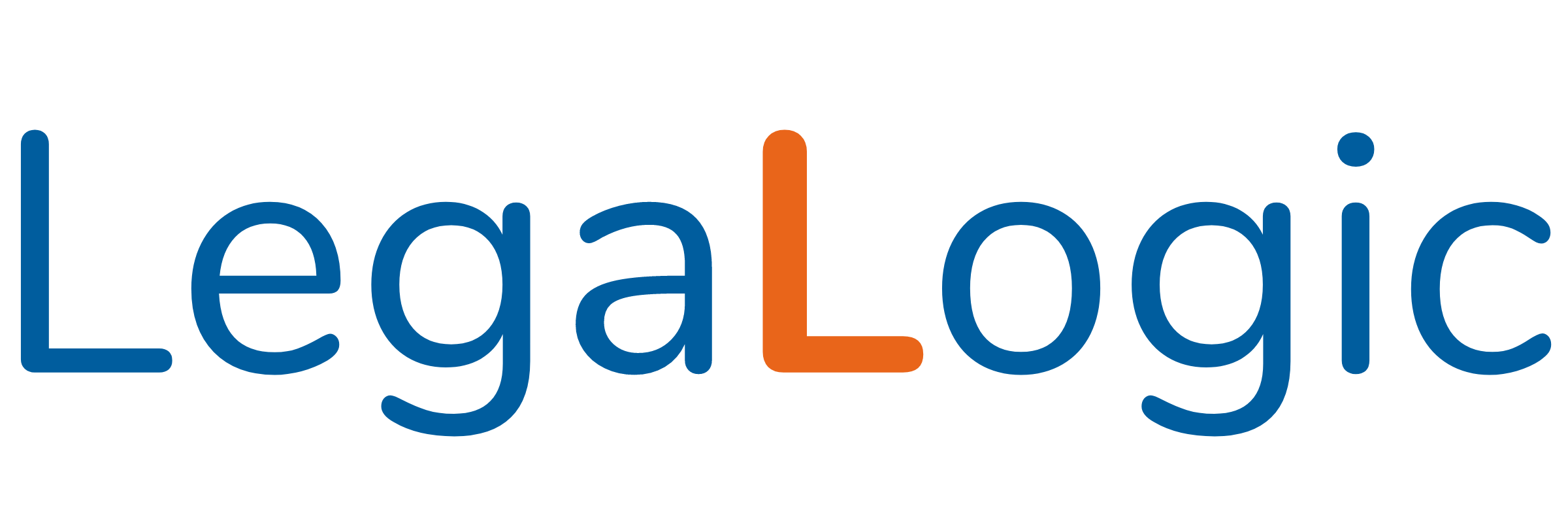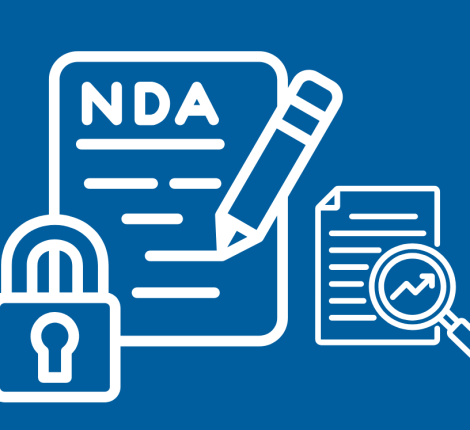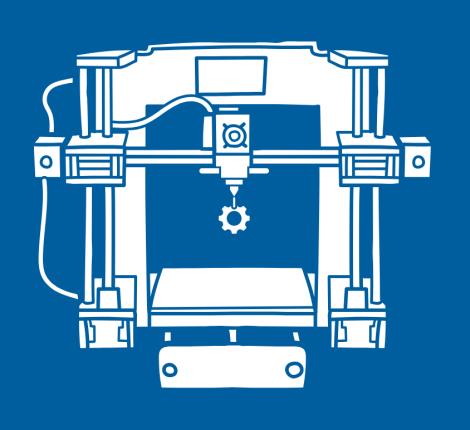Insurance Advisory Newsletter – What’s inside? Principle of Subrogation | Waiver of Subrogation | Importance of Waiver of Subrogation : March 2025
Principle of Subrogation
Subrogation is a legal principle that allows a person, often an insurance company in an insurance contract, to step into the shoes of the other person (typically the policyholder/ insured) in order to pursue a claim against a third party (who is responsible for a loss or damage). Insurer has a right to subrogate once the insurer has paid a claim to the insured (i.e., policyholder) and seeks to recover that amount from the third party at fault. Right of Subrogation prevents an insured to seek compensation twice for the same loss—once from the insurer and again from the third party liable for such loss and as such right of subrogation is available in equity, statutorily or contractually to a party including an insurer. This right is codified under Section 79 of the Marine Insurance Act, 1963, wherein insurers have a statutory right of subrogation, enabling it to assume the legal rights of the insured upon total or partial indemnification.
How does subrogation work
- Insurance Payment: If a policyholder suffers a loss (for example, in a car accident) and their insurer compensates them for the damages or injuries sustained, the insurer now holds the right to pursue the person or entity that caused the damage or is at fault (the “Responsible Party”).
- Legal Recovery: The insurer may take legal action to recover the costs from the Responsible Party or their insurer. This is beneficial because it ensures that the financial burden of the loss is ultimately placed on the Responsible Party, not the insurer who paid the claim.
- Preserving Insurance Premiums: By exercising its right of subrogation, the insurer can recover some or all of the amount it paid out.
- Salvage: The insurer, where applicable subrogates itself as the owner of the asset and salvages the asset to its maximum value (for example, totalling of a vehicle).
Illustration
Imagine you are driving your car and are involved in an accident where the other driver is at fault. Your insurer pays for the repairs of your vehicle. After compensating you, your insurer can pursue the at-fault driver (or their insurance company) to recover the cost of the claim they paid out to you. This process of seeking reimbursement from the third party is known as subrogation.

Waiver of Subrogation
A waiver of subrogation is a clause commonly included in insurance contracts which prevents the insurer from exercising its right of subrogation against the Responsible Party. In essence, the insurer waives its right to pursue and recover its losses from the Responsible Party.
When a waiver of subrogation provision/endorsement is included in a policy document, the insurer is prohibited from seeking compensation from the Responsible Party, regardless of whether such Responsible Party is liable for the loss and the insurer is required to absorb any financial impact of the payouts made under a policy.
Illustration:
A contractor has a project where the contract specifies that all parties must maintain insurance and include a waiver of subrogation clause. If a fire breaks out on the construction site and causes damage, the contractor’s insurance company may pay for the repairs. However, because of the waiver of subrogation, the insurer cannot pursue the property owner, subcontractor, or any third other party involved for the recovery of those costs, even if one of them was responsible for the damage. This waiver under the insurance contract prevents the insurer from seeking subrogation, meaning they bear the loss.

Importance of Waiver of Subrogation
A waiver of subrogation is crucial for a variety of reasons, both for businesses and individuals involved in contracts, partnerships, or any joint venture. Here’s why it’s important:
- Reduces Liability Risk: A waiver protects all parties by ensuring that no one will be financially liable for the other party’s insurance claims, as it would ensure the insurer does not pursue the counterparty, thereby minimizing potential disputes and fostering a cooperative environment.
- Promotes Smooth Working Relationships: By eliminating the insurer’s right to sue an associated party, this wavier would fosters trust, minimizes disputes, and helps ensure that business relationships remain harmonious for the insured.
- Protects from Future Claims: For individuals and businesses, having a waiver of subrogation clause in place ensures that they will not be subject to further claims or litigation (including ADR) from their insurer.
- Reduces Financial Burden: Ensures the insurer absorbs losses without seeking legal recovery action against contractors, employees, or third parties, reducing the risk of consequent premium increases for businesses and individuals.
- Simplifies Claims Process: When subrogation is waived, the claims settlement process is simpler and faster for the insured. This would limit administrative burden for the insurer, as they don’t require to exercise right of subrogation prior to processing a claim.
Waivers of subrogation play a significant role in allocating risk among parties in various industries. While they can streamline operations and reduce litigation, it’s crucial for all parties to understand the financial and legal implications of including such clauses in their contracts. However, insurers are generally reluctant to waive their subrogation rights in policies Professional indemnity insurance and policies that provide first-party loss coverage, including Cyber Insurance and Renter’s Insurance. Consulting with legal and insurance professionals is advisable to ensure that these provisions align with overall risk management strategies.
About Us:
LegaLogic (www.legalogic.com) is a full-service law firm with more than 50 people team. Founded in 2013, LegaLogic has been advising across industry segments. It is a go-to firm for the Corporate Commercial Matters, M&A, Intellectual Property, Employment Law, Real Estate, Dispute Resolution, Litigation, Insurance Advisory, India Entry Strategy, and Private Client Practice. To know more about our Corporate Commercial and M&A Practice, please write to us at insurance@legalogic.com.
Disclaimer:
This newsletter is for informational purpose only and should not be treated as legal advice or opinion. No part of this newsletter should be considered an advertisement or solicitation of professional services of LegaLogic.





